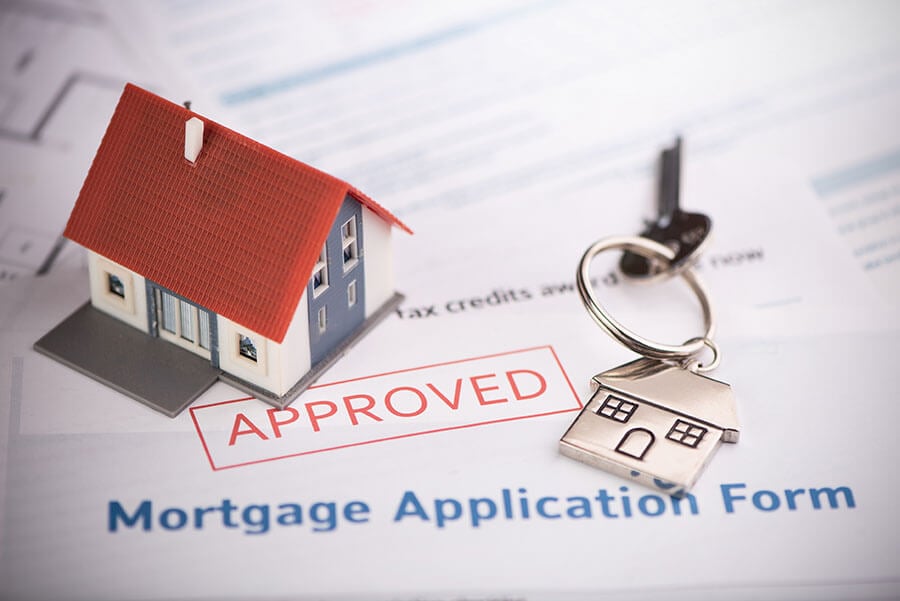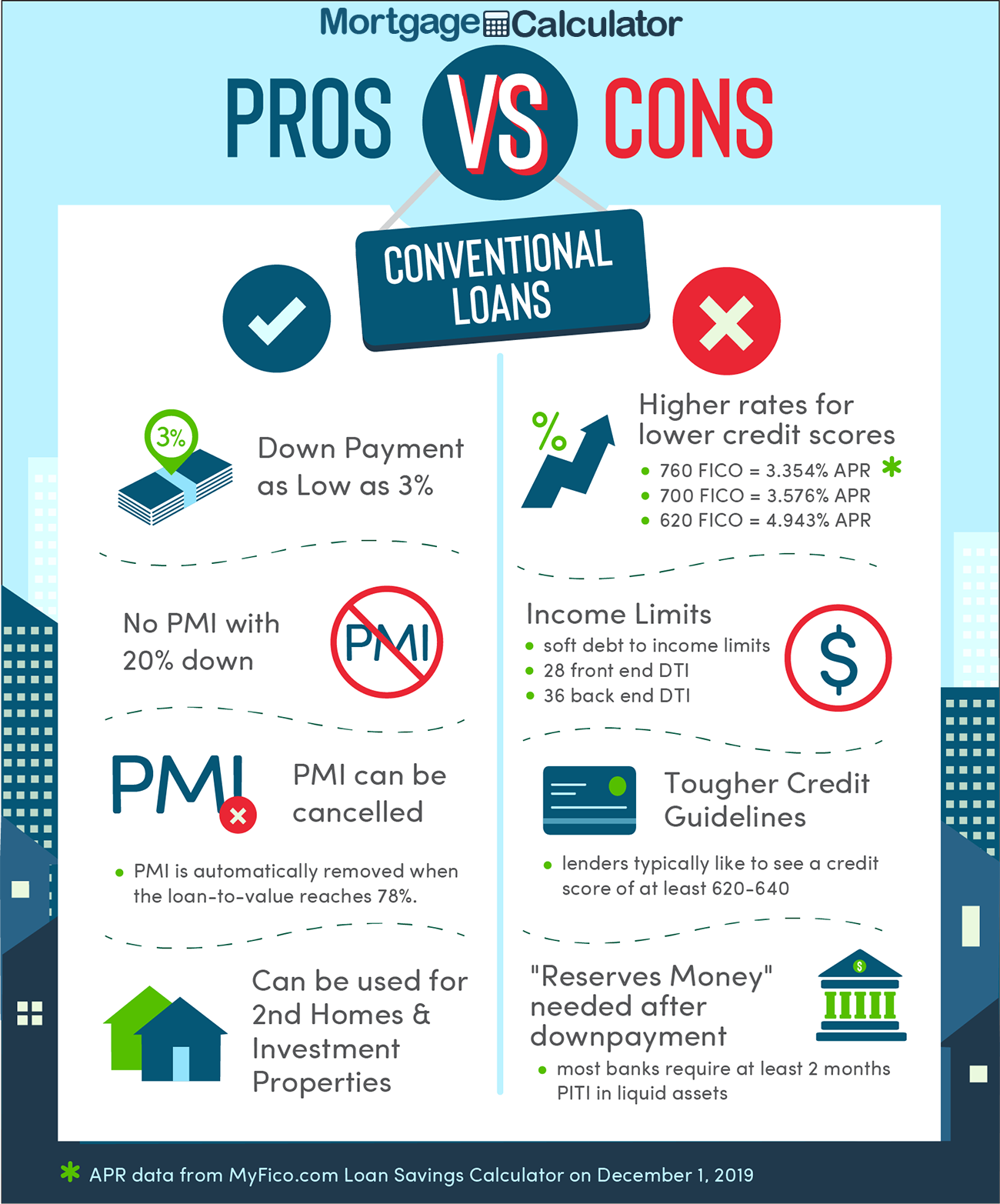The Important Aspects to Take Into Consideration When Picking Between Fixed-Rate and Variable-rate Mortgage Loans
When reviewing home loan alternatives, customers face a critical choice in between fixed-rate and adjustable-rate lendings, each presenting distinct benefits and possible risks. Key factors to consider such as rates of interest stability, predictability in regular monthly settlements, and the effects of potential price adjustments can dramatically influence lasting monetary wellness. Comprehending the expected duration of homeownership and the total price of loaning can form one's strategy. As these factors intertwine with private monetary circumstances and run the risk of tolerance, the effects of this choice might not be as uncomplicated as they appear. What subtleties should be focused on in this vital decision-making process?
Rate Of Interest Rate Stability
When selecting a home mortgage, understanding passion rate stability is essential for educated decision-making. Rate of interest can substantially influence the total price of a mortgage, and acknowledging the nature of these rates is important for consumers. Fixed-rate mortgages offer the advantage of regular regular monthly settlements over the life of the loan, securing borrowers from market changes. This security enables homeowners to intend their finances with higher assurance, as they will not be affected by climbing interest rates.
On the other hand, adjustable-rate home mortgages (ARMs) start with reduced initial rates that may alter periodically based upon market conditions. While this can result in lower repayments originally, it additionally introduces uncertainty, as debtors might encounter raised settlements if rates of interest increase. For those thinking about an ARM, it is crucial to analyze the likelihood of rate changes, the potential for payment increases, and the length of the initial fixed-rate period.
Ultimately, the selection in between adjustable-rate and fixed-rate home loans hinges on specific threat resistance and monetary scenarios. Recognizing rates of interest security assists debtors make notified choices that straighten with their lasting monetary goals.
Monthly Settlement Predictability
While consumers frequently prioritize passion price security, the predictability of monthly payments is just as crucial in the mortgage selection procedure (Conventional mortgage loans). Month-to-month repayment predictability plays an important role in budgeting and monetary planning, as it straight affects a homeowner's money flow and total monetary health
Fixed-rate home mortgages use a regular regular monthly settlement throughout the life of the lending, permitting borrowers to anticipate and prepare their expenses successfully. This stability can be specifically advantageous for first-time buyers or those on a fixed earnings, as it removes the uncertainty connected with changing settlements.
On the other hand, adjustable-rate home mortgages (ARMs) commonly feature reduced initial repayments that can alter over time, causing possible variability in regular monthly responsibilities. While initially appealing, this changability can make complex financial preparation, particularly if borrowers do not represent future price changes.
Possible Price Changes
In the realm of adjustable-rate home mortgages (ARMs), prospective rate adjustments represent a considerable factor that debtors have to thoroughly think about. Unlike fixed-rate home mortgages, where the rate of interest rate continues to be unmodified for the life of the lending, ARMs are defined by changing rate of interest that are tied to market indices. This variability can result in considerable changes in month-to-month settlements, home influencing the customer's financial planning and budgeting.
Consumers need to be mindful of the margin and index made use of to determine these adjustments, as they directly affect future interest prices. Furthermore, ARMs typically consist of caps that restrict how a lot the interest price can enhance at each change and over the life of the financing, which can supply some level of defense against drastic price hikes.
Understanding these prospective adjustments is crucial for borrowers, as they directly impact long-term settlement obligations. For that reason, assessing personal economic situations and run the risk of resistance is important when deciding whether an ARM lines up with one's economic goals.
Funding Term Considerations
Finance term considerations play a critical function in the decision-making procedure for customers selecting in between adjustable-rate and fixed-rate home mortgages. The size of the financing term dramatically impacts regular monthly repayments, rates of interest, and general monetary planning. Fixed-rate home loans commonly provide regards to 15 to three decades, giving stability in monthly payments and predictability in budgeting. This can be particularly appealing for borrowers who plan to remain in the exact same home long-lasting and choose the certainty of fixed payments throughout the life of the funding.

Eventually, customers must evaluate their personal conditions, monetary goals, and market problems when weighing the effects of loan term selections within each home loan type.

Total Price of Borrowing
The total price of borrowing is an essential variable that can substantially influence a debtor's choice in between adjustable-rate check these guys out and fixed-rate home mortgages. Fixed-rate mortgages supply predictable monthly repayments, as the rates of interest continues to be consistent throughout the financing term. This predictability can result in reduced overall expenses, especially in a secure or declining rates of interest index environment. Customers can budget plan successfully, understanding their repayments will not rise and fall.
Alternatively, adjustable-rate mortgages (ARMs) normally begin with reduced first prices, leading to reduced upfront costs. Nevertheless, these rates can boost after an initial period, leading to potentially higher long-term prices. Debtors need to think about the regularity and level of rate adjustments, as well as the total car loan period, to precisely analyze the financial implications.
Moreover, the total cost of borrowing incorporates not only passion prices however also charges and other associated prices, such as shutting expenses and insurance (Conventional mortgage loans). When examining mortgage choices, debtors ought to perform a complete cost evaluation over the life of the funding. By doing so, they can make an enlightened choice that aligns with their economic goals and run the risk of tolerance
Final Thought
In conclusion, choosing between adjustable-rate and fixed-rate home mortgage finances necessitates careful factor to consider of a number of vital factors. Rate of interest rate stability and month-to-month payment predictability are extremely important for efficient budgeting, while the possibility for rate modifications in ARMs presents monetary unpredictability. Additionally, the awaited period of homeownership and the general expense of borrowing, including rates of interest and connected costs, have to line up with specific financial situations and take the chance of tolerance. Such an extensive evaluation will assist in enlightened decision-making in mortgage selection.
Secret considerations such as interest rate security, predictability in regular monthly payments, and the implications of potential rate modifications can dramatically influence lasting economic health and wellness. Passion prices can dramatically influence the total cost of a home mortgage, and acknowledging the nature of these rates is necessary for debtors. Unlike fixed-rate home loans, where the interest rate continues to be unmodified for the life of the loan, ARMs are identified by rising and fall interest rates that are linked to market indices. In addition, ARMs commonly include caps that limit how much the rate of interest price can raise at each modification and over the life of the funding, which can provide some degree of security against radical rate walks.
Passion rate stability and month-to-month repayment predictability are paramount for effective budgeting, while the potential for price changes in ARMs presents financial unpredictability.